Container Gardening Ideas for Vegetables
This is a series of the same title, with each part featuring a vegetable.
Part 2: CINNAMON (B)
Call this the second installment of the cinnamon series: I encourage reading this after (you’ve read) the first chapter, Cinnamon (A), where I wrote about how I planted cinnamon in container, how it is harvested, and how it is used at home.
Also, I showed there the cinnamon species, Cinnamomum verum (formerly called Cinnamomum zeylanicum), which is native to Sri Lanka and is one of the most widely used cinnamon in the world. Although it is marketed as “True Cinnamon”, I doubt that it is, given that cinnamon has 628 species, as recorded by the Missouri Botanical Garden. Perhaps, it’s time to taste other kinds of cinnamons, too.
In Cinnamon (B), I’m writing about the Kalingag (Cinnamomum mercadoi) that is native to the Philippines.
Let’s do a bit of fun, geeky stuff, so we have a talking point with our friends while we sip that heavenly cinnamon drink. Let’s see one difference between their leaves.
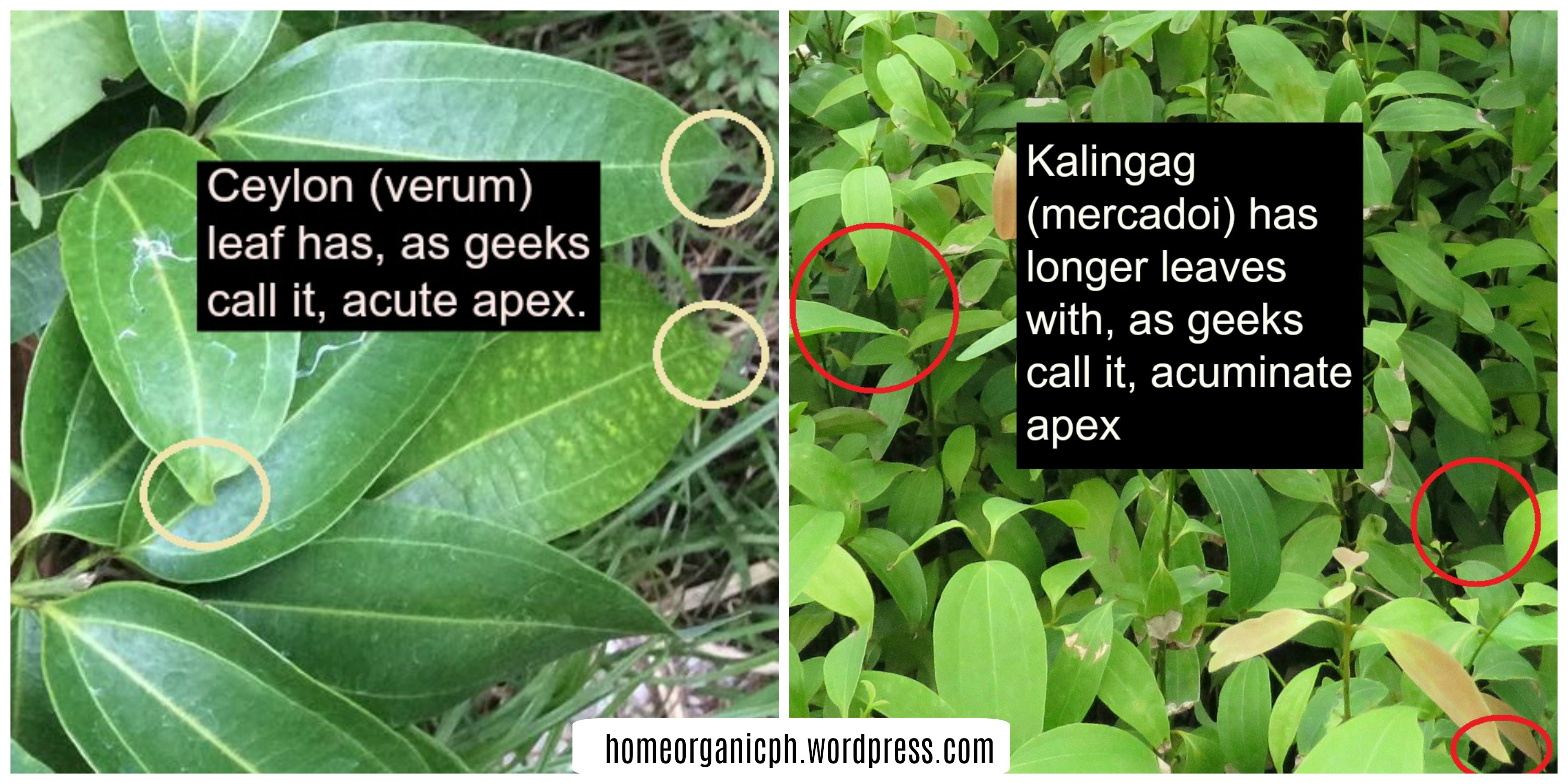
Since the goal is to have a steady supply of cinnamon at home, I hope that this native species would be easier and faster to grow. Also, since cinnamon takes 2-3 years to grow and harvest, (personally) having another cinnamon species will enable me to enjoy different cinnamon species while allowing the other to grow. Do I love cinnamon, or what? (LOL!)
I also want to plant the native species because the Kalingag is listed as “vulnerable”, per the International Union for Conservation of Nature (IUCN) Red List of Threatened Species. I plant cinnamon for food, medicine, and conservation.
Kalingag (Cinnamomum mercadoi)
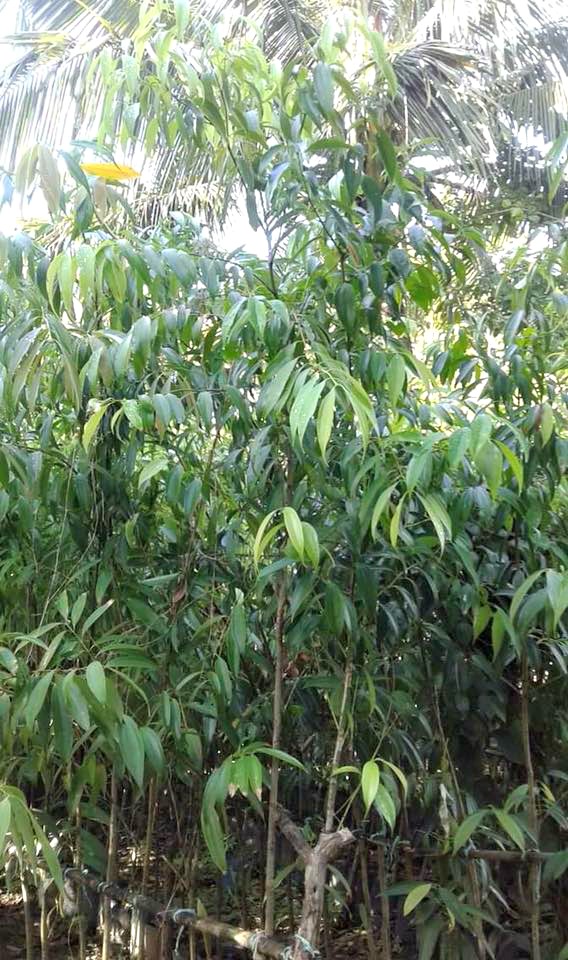
This cinnamon species is called by 17 different names across the Philippines, per StuartXchnge. Kalingak (Tagalog), Karingag (Visayan), Kanilaw (Bicol), and Kandoroma (Ilocano) are some of other names used.
The site indicates that the Kalingag is “found only in the Philippines, from the Babuyan Islands and northern Luzon to Mindanao”. You can read the detailed botany, distribution, properties, constituents, and uses in this link.
How to plant the Kalingag in container
The Kalingag is grown from seedlings, as the seeds fall at the base of the Kalingag. The seedlings are gathered and then planted in containers or to the ground. This was documented by Patrick Gozon when he wrote “The Makeshift Cinnamon Nursery“, which told about gathering Kalingag seedlings at the University of the Philippines grounds. It can also be propagated using cuttings, marcotting, grafting and layering, per Binhi Database.
Container size. The Kalingag grows up to 30 meters in height, per the Binhi Database. On the other hand, StuartXchange indicates that it is a “small tree, 6 to 10 meters high”.
If we go by the former, the minimum container size should at least be 95 gallons (360 liters) or Height: 40.75″, Width: 29.4″, Depth: 33.9″. The estimate of container size is based on the recommendation of the University of Florida.
If we go by the latter, the minimum container size should at least be 5 gallons (19 liters) or Height: 11″/ Diameter: 13″. The estimate of container size is based on the recommendation of the University of Florida.
As for me, I plan to use a container with dimension of 33 inches tall and 23 inches diameter (below). I’ll just hole the sides and bottom for drainage. I’ll coppice (cut back to ground to stimulate growth) the Kalingag tree at age 2-3 years, as suggested by Binhi Database. Of course, I can pick the leaves for cooking or tea anytime, and peel off the bark when the tree gets a thicker bark.
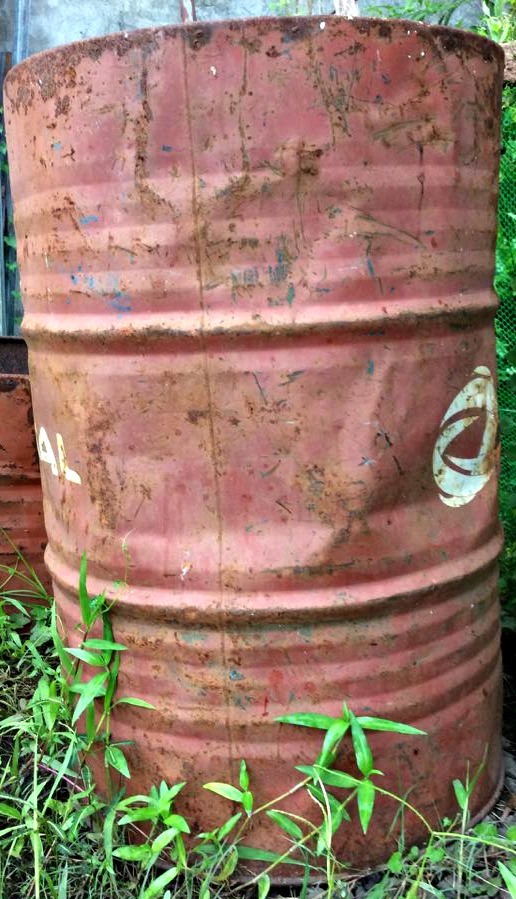
Soil. Well-draining. Perhaps, the greatest challenge would be to mimic the rich forest soil that is home to the Kalingag. Hence, regular fertilizing with organic matter (compost) would be critical, so the Kalingag could realize its full flavor, fragrance, and medicinal properties that this tree draws from the rich soil.
Sunlight. Full sun.
Spacing. 1.8-2.4 meters (5.9-7.9 feet).
The Kalingag cinnamon tree is perennial, meaning, as long as I take good care of it and, not counting strong winds and what-not, my family will enjoy this tree and its gifts for generations to come. Also and especially because my garden is organic, the soil will get richer, as time passes.
Why plant the Kalingag cinnamon
-
- We can use the cinnamon to flavor our food and drinks.
-
- From Coconuts Manila: “We have used the bark and the leaves for flavoring humba and also as a major ingredient in our stuffing for roast cochinillo and roast chicken. It adds such a delicate aroma to the lechon or the chicken.” The kalingag, which is the powdered form of the cassia bark is still new to Amy and has yet to play around with it. It tastes like Sarsi or rootbeer and so she has plans of sprinkling it on estofado or adobo. “It could also be good as a tea,” she suggests.
-
- From Good Food Community: “This particular variety has a strong sarsaparilla flavor. It is used in cooking Chinese-style meat dishes. It is also used to flavor syrups and liquor.”
-
- How to use the leaves: Pick leaves from the tree, wash, and put it in your dish, as you would a bay leaf. There’s no need to cut or crush the leaves. You may use fresh or dried leaves, although I notice that dried leaves have more aroma. Personally (and once we you have unlimited supply once you plant it), I like having many leaves on the dish for a strong aroma.
-
- How to harvest and process cinnamon bark at home: Check out this wonderful blog how to harvest cinnamon, complete with pictures and video. Kudos to these Honduran gringa and gringo!
- Cinnamon is expensive, and will get even more expensive. By planting our own, we avoid this cost, and we may even sell the seedlings, bark, and leaves!
-
- We can use the Kalingag cinnamon as medicine.
-
- Anti-microbial. “C. mercadoi harbors endophytes, particularly Fusarium sp. 2, which possess antibacterial activity and thus a potential source of antibacterial compounds.”, as per the study, “Antibacterial Activity of Endophytic Fungi Isolated from the Bark of Cinnamomum mercadoi“
-
- Anti-oxidant. “The C. mercadoi ethanolic (CmE) extract demonstrated the highest amount of total phenolics (570.58 mg GAE) and it correlates well to its strong radical scavenging activity (91.97% at 500 ppm) against 1,1Diphenyl-2-picrylhydrazyl (DPPH) and high antioxidant capacities (149.91 AAE, 209.98 BHTE).”, as per the study, “Screening of the Antioxidant Properties of the Leaf Extracts of Philippine Medicinal Plants Ficus nota (Blanco) Merr., Metroxylon sagu Rottb., Mussaenda philippica A. Rich., Inocarpus fagifer, and Cinnamomum mercadoi Vidal“
-
- Anti-diarrheal. “The result showed that the bark extract of C. mercadoi possesses antidiarrheal property and, provides pharmacological evidence for further studies”, as per the study, “Antidiarrheal Activity of Cinnamomum mercadoi Methanolic Leaf and Bark Extracts.”
- How to prepare it at home, as per StuartXchange, a website by Godofredo Umali Stuart, Doctor of Medicine. The site also indicated how others used the Kalingag as medicine.
-
- “Decoction: One heaping teaspoon of powdered bark to a cup of boiling water; or, 0.5 to 1 g of bark to 7 oz of boiling water for 5-10 minutes, then steep.
-
- Tincture: Moisten 200 parts of cinnamon bark evenly with ethanol and percolate to produce 1,000 parts of tincture. Use 3-4 cc three times daily.
-
- Decoction or infusion of the bark used for loss of appetite, bloating, vomiting, flatulence, toothache, headaches, rheumatism, dysentery, to help expel flatus and facilitate menses; colds, fevers, sinus infections and bronchitis.
-
- Bark chewed for stomach troubles; also used in tuberculosis.
-
- According to Father Zizina, the bark taken internally helps digestion; also for flatulence and as expectorant.
-
- Decoction of leaves also used for expelling gas.
-
- Used for diarrhea, menorrhagia, dysmenorrhea.
-
- Paste prepared from the bark is applied locally for neuralgic pains and severe headaches.
-
- Candida and other yeast infections.
- Used for treatment of scabies and lice.
- In Ayurveda, cinnamomum is used for diabetes, indigestion, and colds.”
-
-
- We can use Kalingag for aromatherapy.
- There’s a host of materials when you google “cinnamon aromatherapy”. One that caught my eye is the easy-to-do cinnamon sweet whiff of happiness.
- We can use the cinnamon to flavor our food and drinks.
-
- We can use Kalingag as insect pest trap.
- As shared by Philippine Tambayan, by mixing 2 grams of powdered Kalingag bark to 1 liter of water and putting the mixture in container with traps.
- We can use Kalingag as insect pest trap.
-
- We can use the Kalingag to attract native birds and insects into our garden.
-
- Bird and insects help pollinate flowers of fruits and vegetables (the more, the merrier), as well as keep the balance of the bad and good in the garden.
- The Rain Forest Restoration Initiative confirms that Kalingag is attractive to butterflies and bees.
-
- We can use the Kalingag to attract native birds and insects into our garden.
-
- We can showcase the Kalingag in our garden.
- Personally, it gives me so much joy when I have a native tree in my garden. It’s like dining with a well-loved friend or relative at my home.
- We can showcase the Kalingag in our garden.
- Of course, all the reasons above boil down to the conservation of the Kalingag tree.
Where to source the Kalingag seedling
I have a stock of 100 seedlings of Kalingag (see “Rare Seedlings” I.1). Please feel free to contact me, in case you’d like to purchase one.
Acknowledgement
Many thanks for the valuable inputs and pictures of Philippine cinnamon specialist, Mr. Ninokay Beceril, for this article. Nian is passionate about conservation, and of Philippine cinnamon species, especially. He is taking his Master of Science in Conservation Biology at De La Salle University-Dasmarinas. He was part of the Biodiversity and Watershed Center for Sustainable Development (BRAVE Inc.) and Positive Undertakings for Nature-inspired Livelihood and Advocacy (PUNLA), Inc.
Let’s plant the Kalingag cinnamon at home for food, health, and pride!
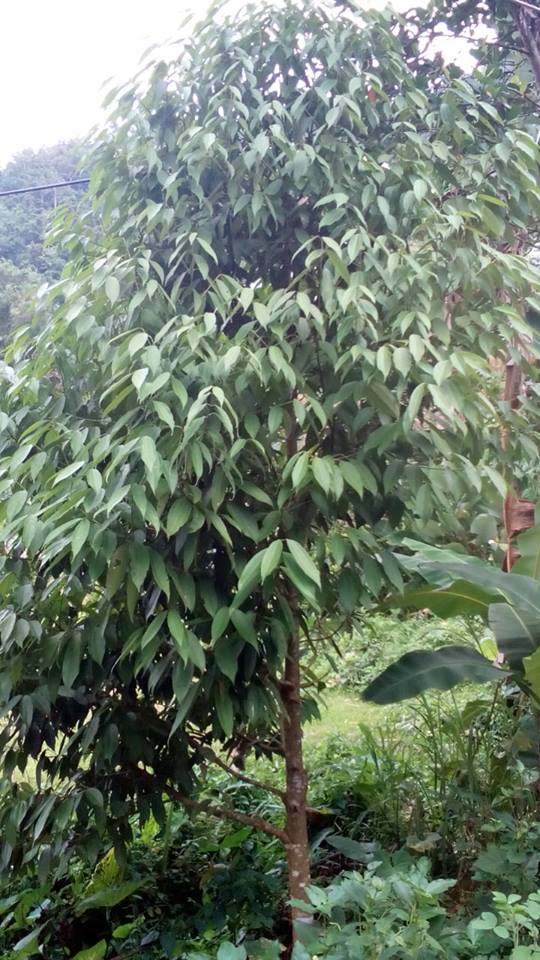
============================================================================


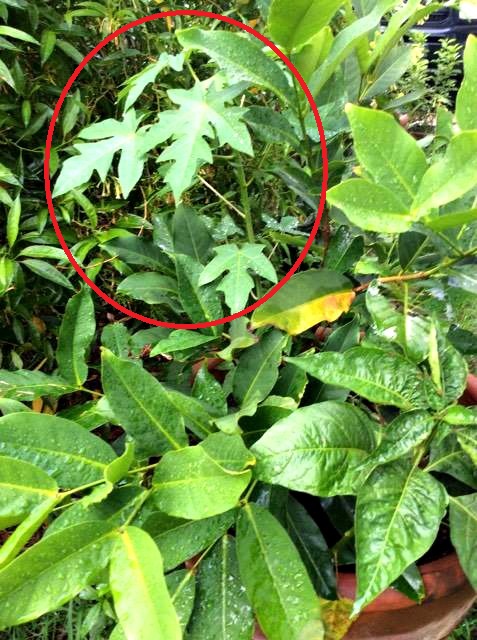
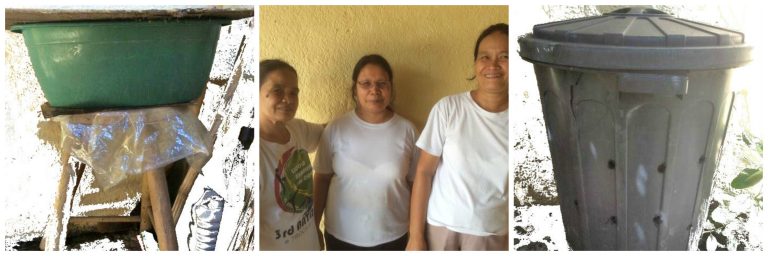
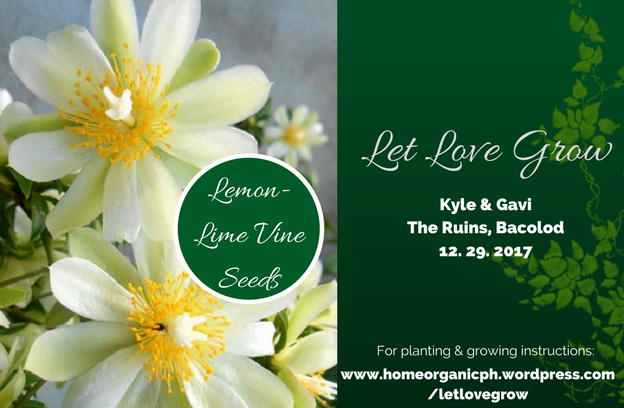
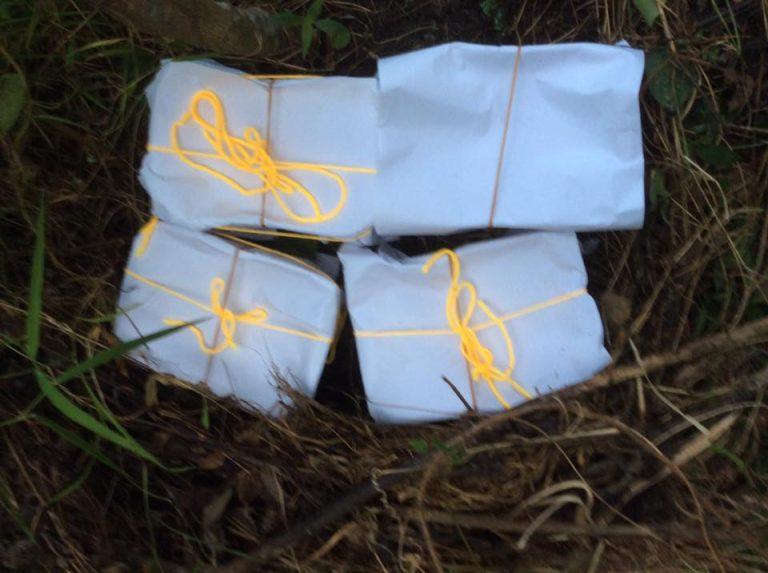
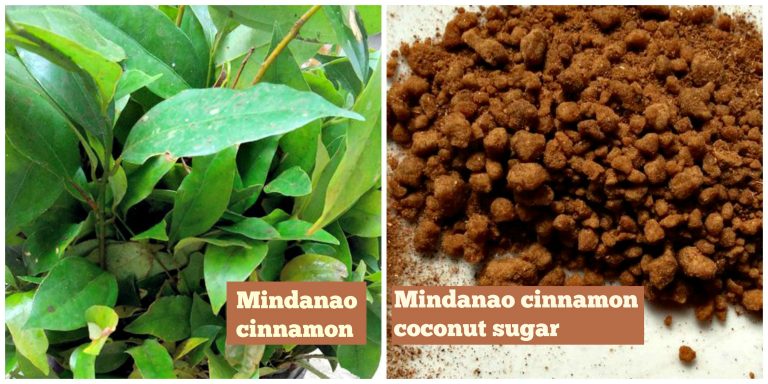
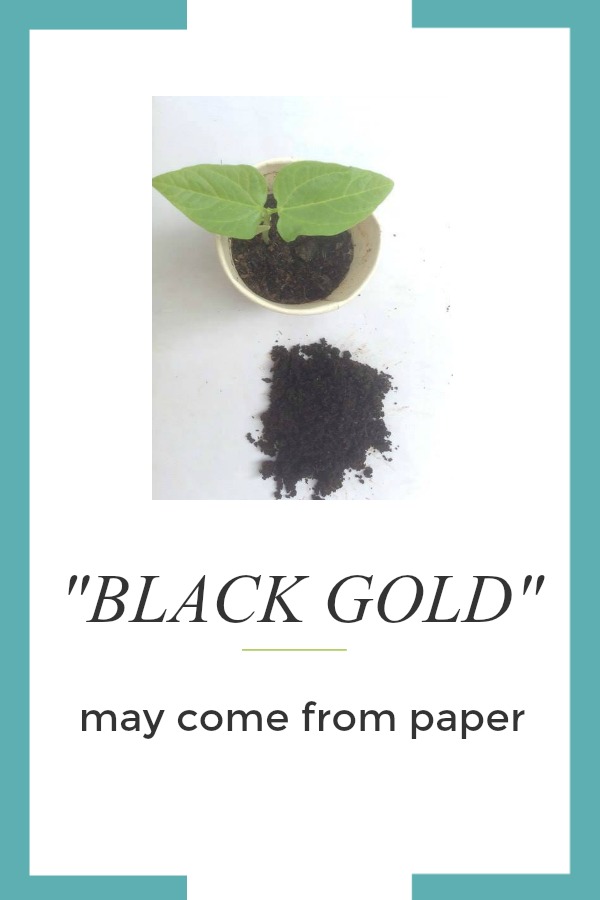
I use cinnamon nearly everyday with my cereal. One of my favorite spice.
Me, too! Fragrant, flavorful, medicinal. We use it in soups. I’m excited to harvest mine from my garden 2 years from now.
How much is your seedling. Is it still available?
Thank you, Jake. Yes, seedlings are available. You may reply here, or message me at FB Page @homeorganicph.